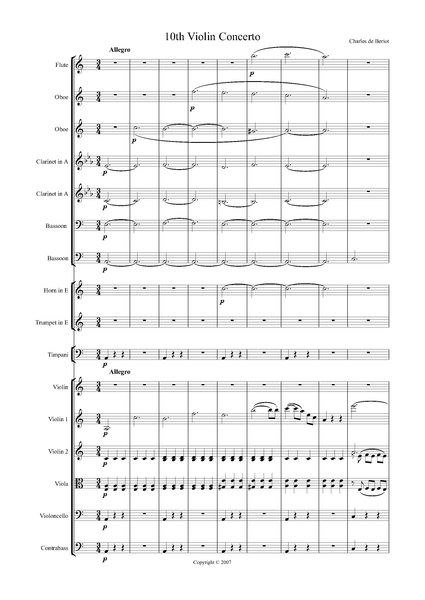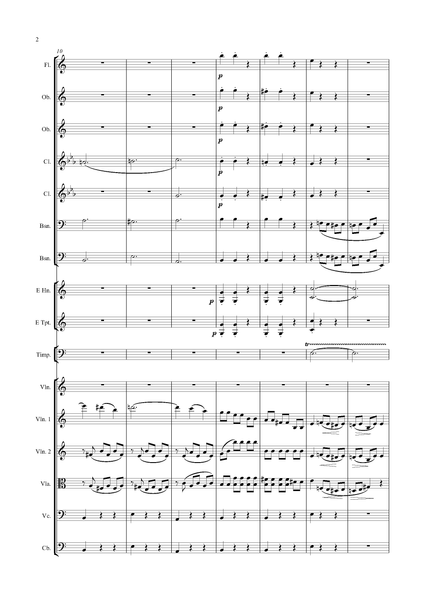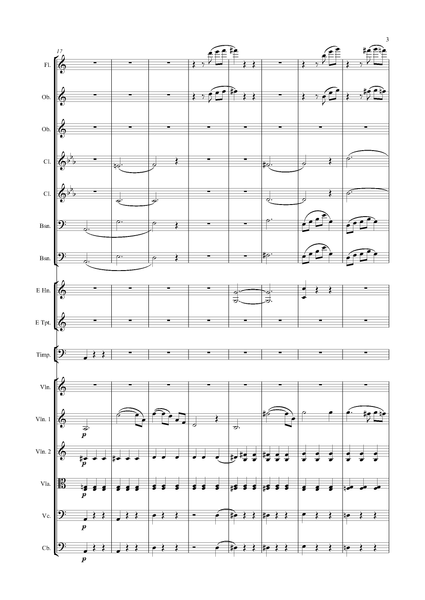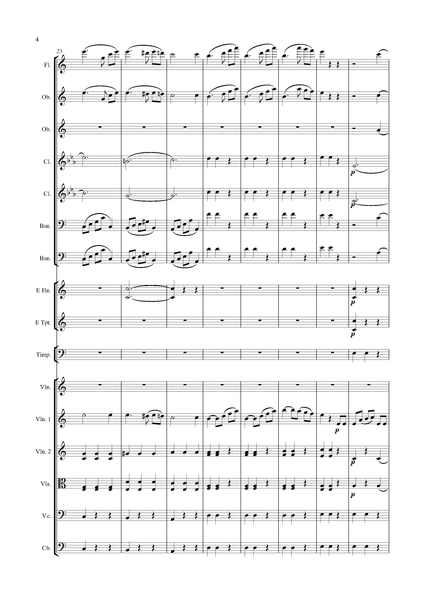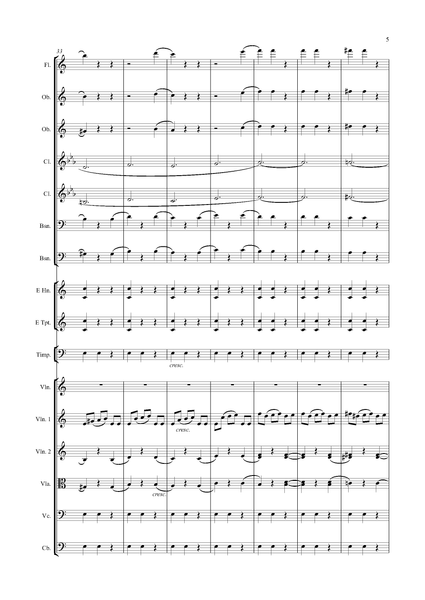Charles Auguste de Bériot: Violin Concerto No. 10 in A Minor, Op. 127 – full score (NXP006)
Sheet music edition. Choose your format from the selection above.
Instrumentation: 1.2.2.2 - 1.1.0.0 - timp - violin solo - strings
85 pages
Bériot’s music is highly engaging and romantic. He flourished at the height of the romantic era, and his music reflects this. His ten violin concertos and the Scène de Ballet are probably his best- known works. In the former he was quite inventive, writing concertos with only one movement, or connected movements (one “official” movement, though each of the traditional three movements is visible in the structure), or using themes in more than one movement as a unifying device – fairly new procedures for the time. Bériot also used many of the same techniques that Paganini was also using in his works: harmonics, extensive use of double stops, and ricochet bowing. In his concertos, however, Bériot is not interested in mere technique. All of his violin writing, no matter how much it relies on a formidable technique, is very much “within” the capabilities of the violin.
The ability to communicate was evident in all of Bériot’s music. Like almost all of the great virtuosos of the period, he was a dedicated pedagogue and spent a great deal of time on his various studies or caprices designed to create mastery of the instrument. He wrote a Méthode de violon in 1857 and L’Ecole transcendante du violon, Op. 123, among many other similar works. The goal was not just technical mastery, though that was, of course, important. It was to create a well-rounded musician who was as good a communicator as technician.






